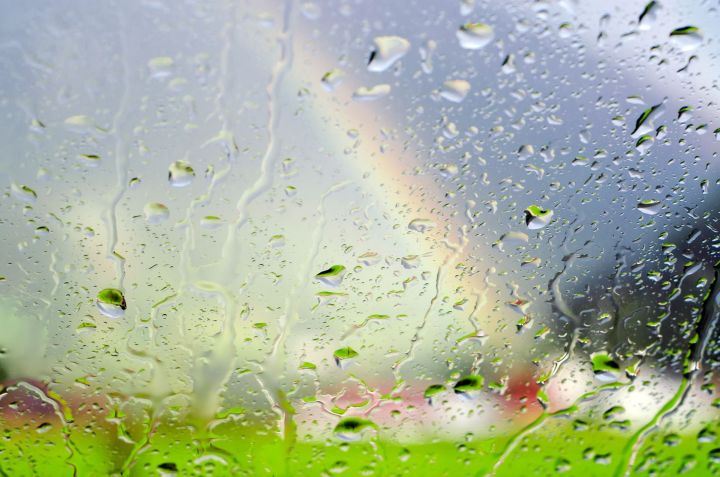
“On average, your apps will run about 15 percent slower in the summer!” reads the report. “The explanation is due to the science behind the propagation of radio waves. Increases in water vapor cause attenuation of the waves, especially at higher frequency bands.” So humidity — water vapor — weakens the signal strength and causes slight delays.
According to Milda Tamošiūnaitė from the Center for Physical Sciences and Technology in Vilnius, Lithuania, research shows radio signals attenuate (weaken) in moisture, including humidity, rain, sleet, and snow.
Because higher frequencies have shorter wavelengths (you remember that from freshman science class, right?), they repeat more often, which means they have greater chances of hitting obstacles, like water droplets. When the radio waves hit water molecules they absorb some of the energy and scatter another portion — which can result in weakened signals and even dropped data packets.
Because the weakening effect is greater with higher frequencies, the greatest hit is at frequencies above 1 gigahertz. That means LTE service, which operates above that range, is going to have the greatest problems.
According to the Apteligent study, the average delay is about 60 milliseconds, which wouldn’t likely be noticed in phone conversations. And quite possibly you wouldn’t notice a delay with apps, either, if moisture-related attenuation was the only factor. However, there are often several to many factors at play in signal strength, so adding that amount could make a difference.
Willowtree senior software engineer Eric Richardson said a 60-millisecond delay isn’t more than “the blink of an eye.” He also said his group, which has produced more than 35 Android apps, has traditionally tested simulated 3G and 4G networks for their apps.
“Up until now, I don’t think weather has ever been on our minds,” Richardson said. “But now that it is, I guess it kind of brings in the perspective to do more realistic testing as opposed to just sitting in the office connected to Wi-Fi.”




